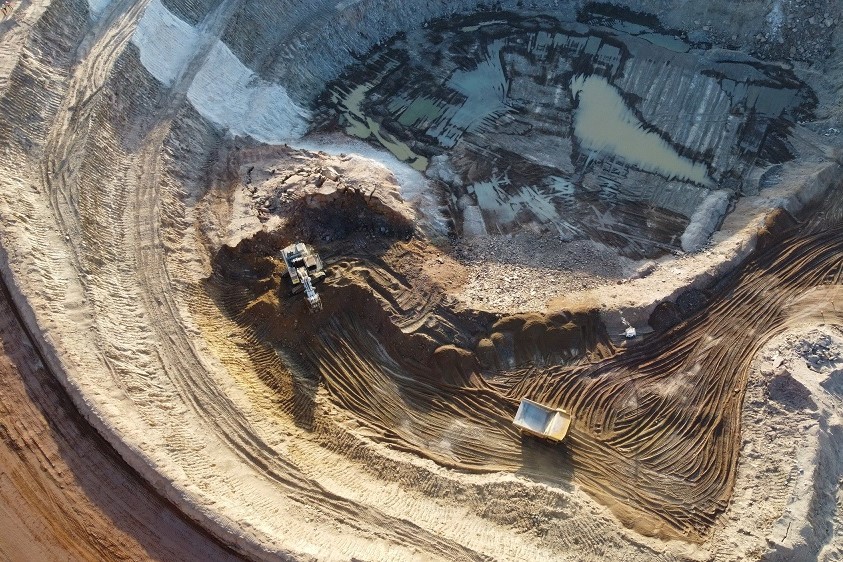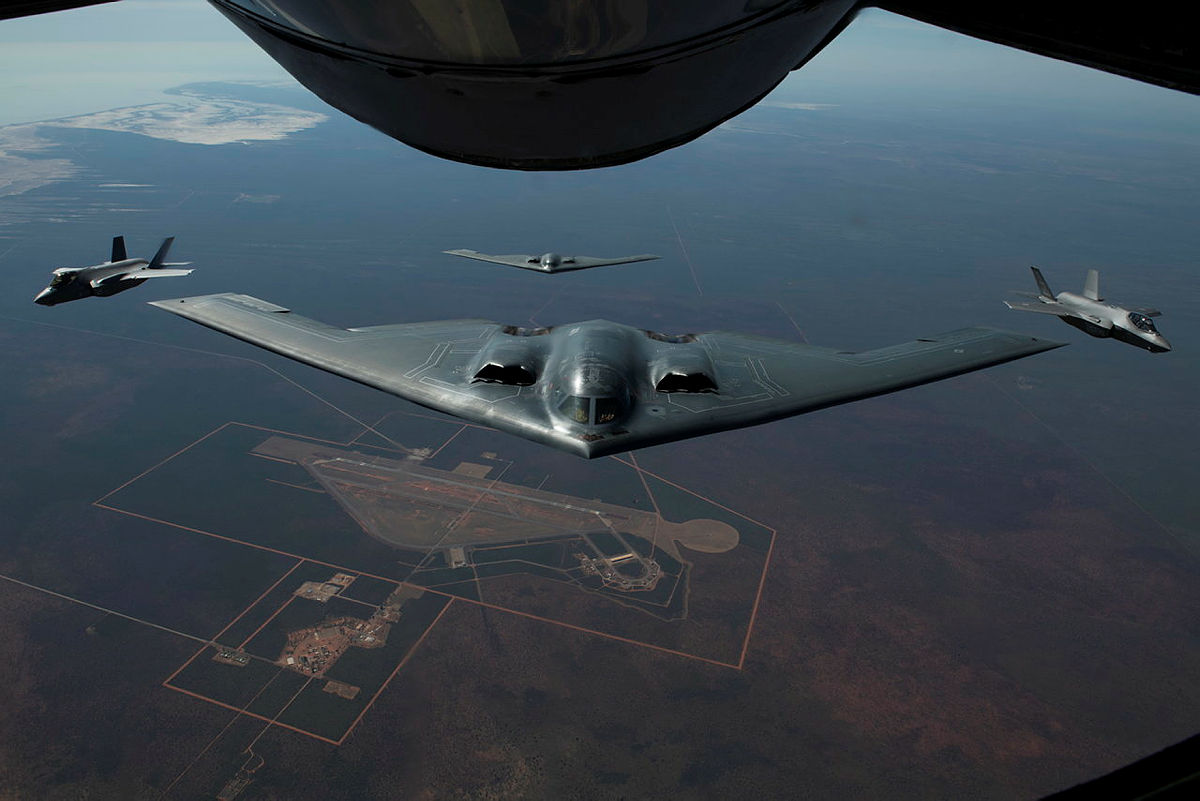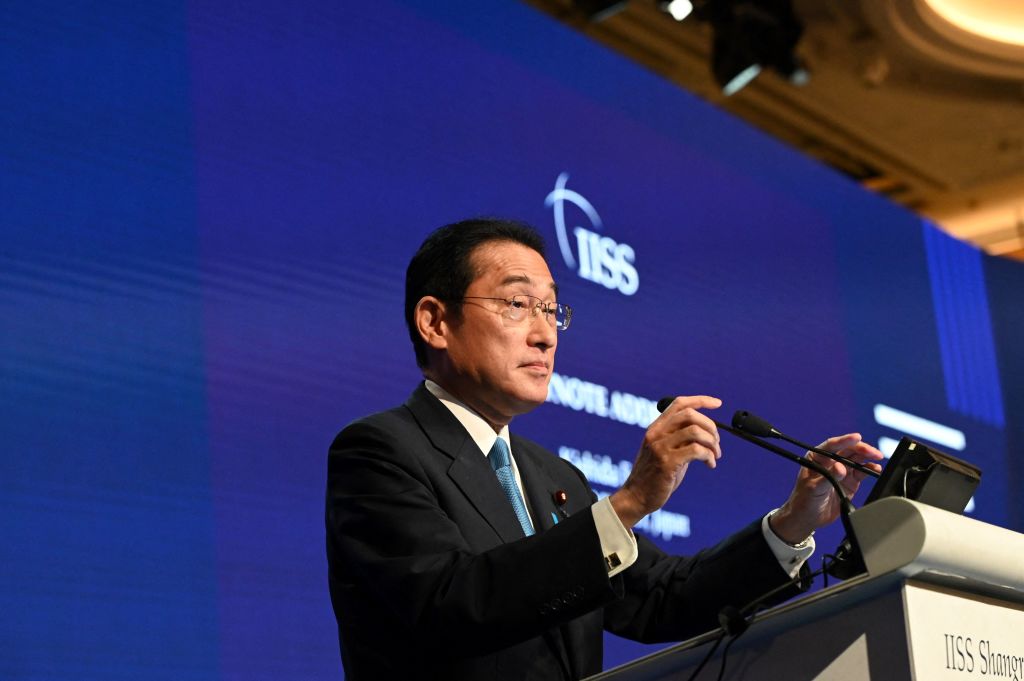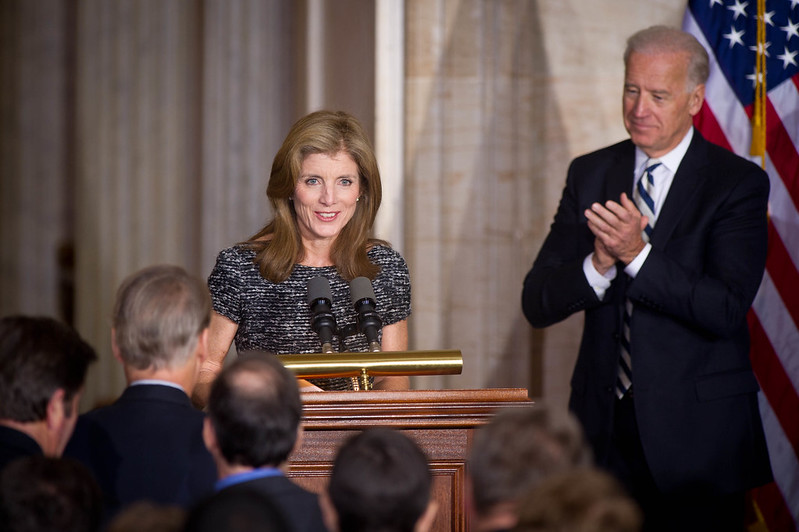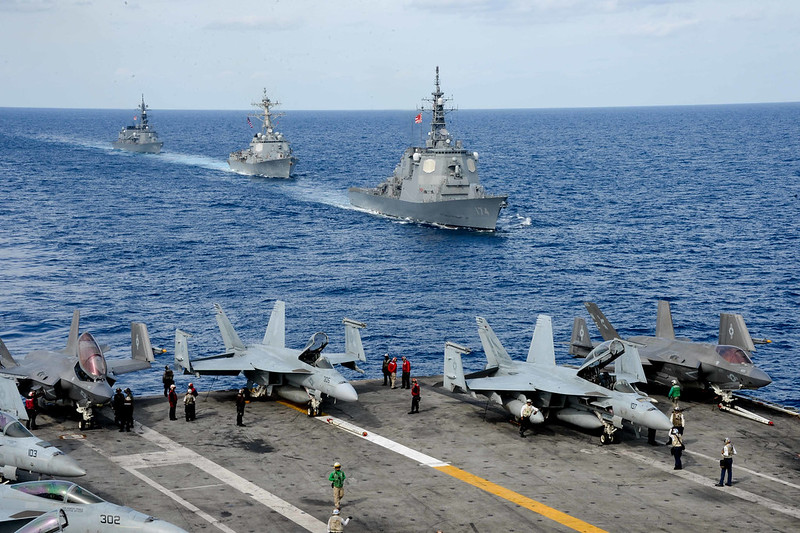ASPI’s Critical Technology Tracker
ASPI’s Critical Technology Tracker – The global race for future power
The Critical Technology Tracker is a large data-driven project that now covers 64 critical technologies spanning defence, space, energy, the environment, artificial intelligence, biotechnology, robotics, cyber, computing, advanced materials and key quantum technology areas. It provides a leading indicator of a country’s research performance, strategic intent and potential future science and technology capability.
It first launched 1 March 2023 and underwent a major expansion on 28 August 2024 which took the dataset from five years (previously, 2018–2022) to 21 years (2003–2023). Explore the website and the broader project here.
Governments and organisations interested in supporting this ongoing program of work, including further expansions and the addition of new technologies, can contact: criticaltech@aspi.org.au.
What’s the problem?
Western democracies are losing the global technological competition, including the race for scientific and research breakthroughs, and the ability to retain global talent—crucial ingredients that underpin the development and control of the world’s most important technologies, including those that don’t yet exist.
Our research reveals that China has built the foundations to position itself as the world’s leading science and technology superpower, by establishing a sometimes stunning lead in high-impact research across the majority of critical and emerging technology domains.
China’s global lead extends to 37 out of 44 technologies that ASPI is now tracking, covering a range of crucial technology fields spanning defence, space, robotics, energy, the environment, biotechnology, artificial intelligence (AI), advanced materials and key quantum technology areas.1 The Critical Technology Tracker shows that, for some technologies, all of the world’s top 10 leading research institutions are based in China and are collectively generating nine times more high-impact research papers than the second-ranked country (most often the US). Notably, the Chinese Academy of Sciences ranks highly (and often first or second) across many of the 44 technologies included in the Critical Technology Tracker. We also see China’s efforts being bolstered through talent and knowledge import: one-fifth of its high-impact papers are being authored by researchers with postgraduate training in a Five-Eyes country.2 China’s lead is the product of deliberate design and long-term policy planning, as repeatedly outlined by Xi Jinping and his predecessors.3
A key area in which China excels is defence and space-related technologies. China’s strides in nuclear-capable hypersonic missiles reportedly took US intelligence by surprise in August 2021.4
Had a tool such as ASPI’s Critical Technology Tracker been collecting and analysing this data two years ago, Beijing’s strong interest and leading research performance in this area would have been more easily identified…
Had a tool such as ASPI’s Critical Technology Tracker been collecting and analysing this data two years ago, Beijing’s strong interest and leading research performance in this area would have been more easily identified, and such technological advances would have been less surprising. That’s because, according to our data analysis, over the past five years, China generated 48.49% of the world’s high-impact research papers into advanced aircraft engines, including hypersonics, and it hosts seven of the world’s top 10 research institutions in this topic area.
The US comes second in the majority of the 44 technologies examined in the Critical Technology Tracker. The US currently leads in areas such as high performance computing, quantum computing and vaccines. Our dataset reveals that there’s a large gap between China and the US, as the leading two countries, and everyone else. The data then indicates a small, second-tier group of countries led by India and the UK: other countries that regularly appear in this group—in many technological fields— include South Korea, Germany, Australia, Italy, and less often, Japan.
This project—including some of its more surprising findings—further highlights the gap in our understanding of the critical technology ecosystem, including its current trajectory. It’s important that we seek to fill this gap so we don’t face a future in which one or two countries dominate new and emerging industries (something that recently occurred in 5G technologies) and so countries have ongoing access to trusted and secure critical technology supply chains.
China’s overall research lead, and its dominant concentration of expertise across a range of strategic sectors, has short and long term implications for democratic nations. In the long term, China’s leading research position means that it has set itself up to excel not just in current technological development in almost all sectors, but in future technologies that don’t yet exist. Unchecked, this could shift not just technological development and control but global power and influence to an authoritarian state where the development, testing and application of emerging, critical and military technologies isn’t open and transparent and where it can’t be scrutinised by independent civil society and media.
In the more immediate term, that lead—coupled with successful strategies for translating research breakthroughs to commercial systems and products that are fed into an efficient manufacturing base—could allow China to gain a stranglehold on the global supply of certain critical technologies.
Such risks are exacerbated because of the willingness of the Chinese Communist Party (CCP) to use coercive techniques5 outside of the global rules-based order to punish governments and businesses, including withholding the supply of critical technologies.6
What’s the solution?
These findings should be a wake-up call for democratic nations, who must rapidly pursue a strategic critical technology step-up.
Governments around the world should work both collaboratively and individually to catch up to China and, more broadly, they must pay greater attention to the world’s centre of technological innovation and strategic competition: the Indo-Pacific. While China is in front, it’s important for democracies to take stock of the power of their potential aggregate lead and the collective strengths of regions and groupings (for example the EU, the Quad and AUKUS, to name just a few examples). But such aggregate leads will only be fully realised through far deeper collaboration between partners and allies, greater investment in areas including R&D, talent and commercialisation, and more focused intelligence strategies. And, finally, governments must make more space for new, bigger and more creative policy ideas – the step-up in performance required demands no less.
Partners and allies need to step up and seriously consider things such as sovereign wealth funds at 0.5%–0.7% of gross national income providing venture capital, research and scale-up funding, with a sizable portion reserved for high-risk, high-reward ‘moonshots’ (big ideas). Governments should plan for:
- technology visas, ‘friend-shoring’ and R&D grants between allies
- a revitalisation of the university sector through specialised scholarships for students and technologists working at the forefront of critical technology research
- restructuring taxation systems to divert private capital towards venture capital and scale-up efforts for promising new technologies
- new public–private partnerships and centres of excellence to help to foster greater commercialisation opportunities.
Intelligence communities have a pivotal role to play in both informing decision-makers and building capability. One recommendation we make is that Five-Eyes countries, along with Japan, build an intelligence analytical centre focused on China and technology (starting with open-source intelligence).
We outline 23 policy recommendations for partners and allies to act on collaboratively and individually. They span across the four themes of investment and talent; global partnerships; intelligence; and moonshots. While China is in front, it’s important for democracies to take stock of their combined and complementary strengths. When added up, they have the aggregate lead in many technology areas.
- Visit the Critical Technology Tracker site for a list and explanation of these 44 technologies: techtracker.aspi.org.au/list-of-technologies. ↩︎
- Australian Signals Directorate, ‘Intelligence partnerships’, Australian Government, 2023 ↩︎
- See ‘China’s science and technology vision’ on page 14. ↩︎
- Demetri Sevastopulo, Kathrin Hille, ‘China tests new space capability with hypersonic missile’, Financial Times, 17 October 2021 ↩︎
- Fergus Hunter, Daria Impiombato, Yvonne Lau, Adam Triggs, Albert Zhang, Urmika Deb, ‘Countering China’s coercive diplomacy: prioritising economic security, sovereignty and the rules-based order’, ASPI, Canberra, 22 February 2023 ↩︎
- Fergus Hanson, Emilia Currey, Tracy Beattie, The Chinese Communist Party’s coercive diplomacy, ASPI, Canberra, 1 September 2020, online; State Department, China’s coercive tactics abroad, US Government, no date, online; Bonnie S Glaser, Time for collective pushback against China’s economic coercion, Center for Strategic and International Studies (CSIS), 13 January 2021, online; Marcin Szczepanski, China’s economic coercion: evolution, characteristics and countermeasures, briefing, European Parliament, 15 November 2022, online; Mercy A Kuo, ‘Understanding (and managing) China’s economic coercion’, The Diplomat, 17 October 2022. ↩︎









